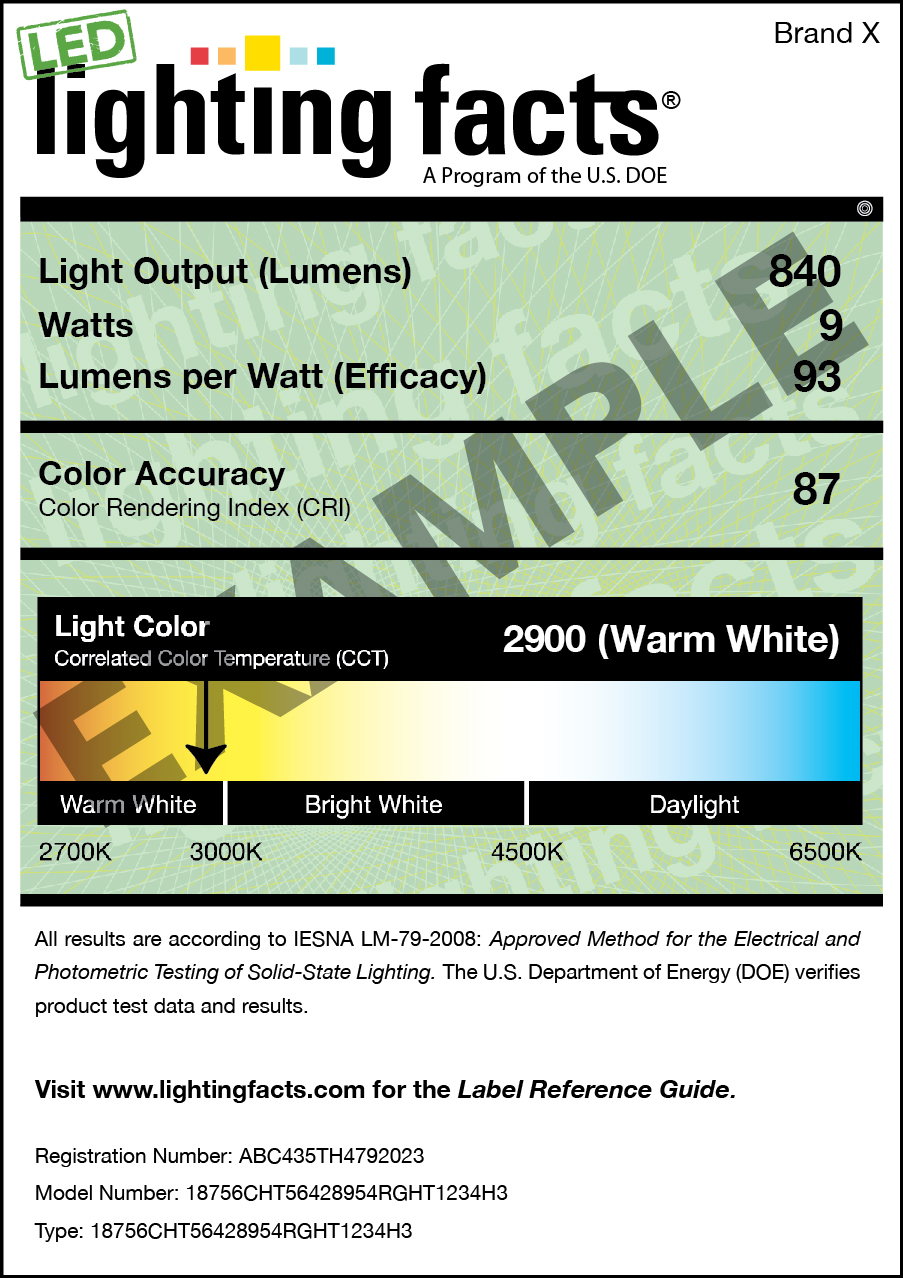The New York times has an “I Heart LEDs” article in today’s paper that leaves out some important information about evaluating them. Here are some additional thoughts.
The government hasn’t done a very good job of publicizing or explaining that the Energy Independence and Security Act of 2007 (EISA) set minimum efficiency requirements for general use light bulbs (the act excluded decorative and colored products). The incandescent lamp that’s been around for over 100 years doesn’t meet the energy efficiency standard. Rather than re-engineer incandescent lamps, the lamp manufacturers have focused on expanding and emphasizing compact fluorescent (CFL) and light emitting diode (LED) technologies. Again, you can still purchase 40 – 100 watt decorative incandescent lamps but not A-lamps, the most common shape in use.
The easiest substitution, one that requires no thinking about rewiring, dimming, etc., is the halogen lamp. Halogen lamps are an improvement on standard incandescent lamps, and many of them meet the EISA energy efficiency requirements.
If you’re looking for higher energy efficiency, and are willing to pay a higher price up front to get it, CFL and LED lamps are available in a wide range of wattages and shapes. However, they need to be approached with caution. Both technologies can be difficult to dim, especially with older dimmers that were designed with incandescent lamps in mind, so your existing dimmers may need to be replaced. They can also produce unsatisfactory tints of white light. LEDs are especially notorious for not matching the information provided on the packaging, as demonstrated through the Department of Energy’s CALiPER program.
Here’s what to look for. Every light bulb package should have a Lighting Facts Label that looks like this.

The orange/yellow/white/blue color bar is where you’ll find information about the warmth or coolness of the light, both with an arrow on the color bar and with a number. The number is called the Color Temperature (actually the correlated color temperature) and measures the warmth or coolness in Kelvin. The important thing to know is that a lower number (2700 to 3000 K) is roughly equal to an incandescent light bulb. As the number gets higher the light gets cooler.
Warmth/coolness isn’t the only measurement of the quality of light. Another consideration is how well the light source allows us to see the colors of objects. This is called Color Rendering (Color Accuracy on the Lighting Facts Label) and is indicated by a Color Rendering Index number. Higher numbers (with a maximum of 100) indicate better color rendering, so a light with a Color Accuracy of 95 should be visibly better than one of 80.
The Color Rendering Index is not very specific, however, and is known to misrepresent LEDs. Therefore you are the best, final test of whether or not a given light bulb is appropriate. I recommend purchasing only one or two and trying them out for a few days before committing to changing over your entire house.
My other recommendation is to stick with the major manufacturers (GE, Philips, Sylvania) for most lamps that you test. These companies have a track record of product consistency and quality that many of the newer manufacturers don’t. I can almost guarantee that with an off-brand 5-pack of lamps for $10 you’ll get what you pay for and hate the results. It’s not the technology that you’ll hate, but the manufacturer’s poor execution of the technology.
I hope this helps.
